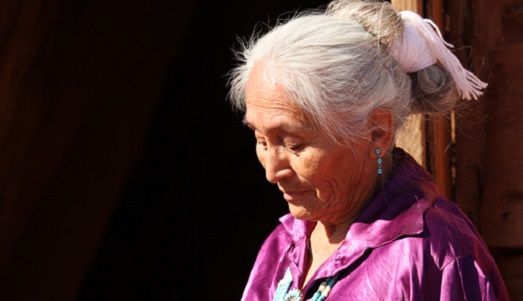Article
Good News on Diabetes in Native Americans, CDC Says
Author(s):
Public health initiatives backed by federal spending have dramatically reduced end-stage renal disease related to diabetes in Native Americans.

The rate of diabetes-related end-stage renal disease has declined significantly in Native Americans, and Alaskan Natives, according to a report from the US Centers for Disease Control and Prevention (CDC).
These ethic groups have had the highest diabetes prevalence in the US, and as result have high rates of kidney failure, seen in numbers of people who need dialysis or kidney transplant.
But the rate of end-stage renal disease caused by diabetes (ESRD-D) in these groups dropped by more than half (54%) from 57.3 cases per 100,000 population in 1996 to 26.5 per 100,000 population in 2013, Ann Mullock, MD and colleagues report in the latest edition of the CDC's Morbidity and Mortality Review Weekly.
The credit goes to the Indian Health Service for enacting public health and population management approaches to diabetes, along with improvements in clinical care, she said. The initiatives started in the 1980s, the team reported.
Rates for ESRD in other ethnic groups in the US that are prone to diabetes also decreased, but not so dramatically, the researchers noted.
Much of the care is covered by Medicare, which pays for ESRD treatment regardless of the patient's age.
The researchers called the decline "especially remarkable given the well-documented health and socio-economic disparities in the American Indian/Alaskan Native population, including poverty, limited health-care resources, and disproportionate burden of many health problems."
Among the treatments made available through the new initiatives are blood pressure control, glucose monitoring, and the use of ACE inhibitors and ARBs to control hypertension, all of which "played a significant role in the decline of ESRD-D in these populations."
In fact, the Indian Health Service did such a good job at seeing that the affected groups got these treatments that the prescription for ARBs and ACE inhibitors among the native groups was 36% to 55% higher than for the overall US population with diabetes, the researchers wrote.
Congress also gets some credit for establishing the Special Diabetes Program for Indians in 1997, the report said.
Though the researchers noted their study had some limitations, including the fact that the data included do not include patients who refused treatment or those who died before getting it, they believe the trends in incidence are reliable.
End-stage renal disease is disabling and expensive, accounting for $14 billion in annual US Medicare costs as of 2013. The average cost of treatment per patient for hemodialysis is about $84,550,
The full report is entitled "Vital Signs: Decrease in Incidence of Diabetes-Related End-Stage Renal Disease among American Indians/Alaska Natives--United states, 1996-2013."





